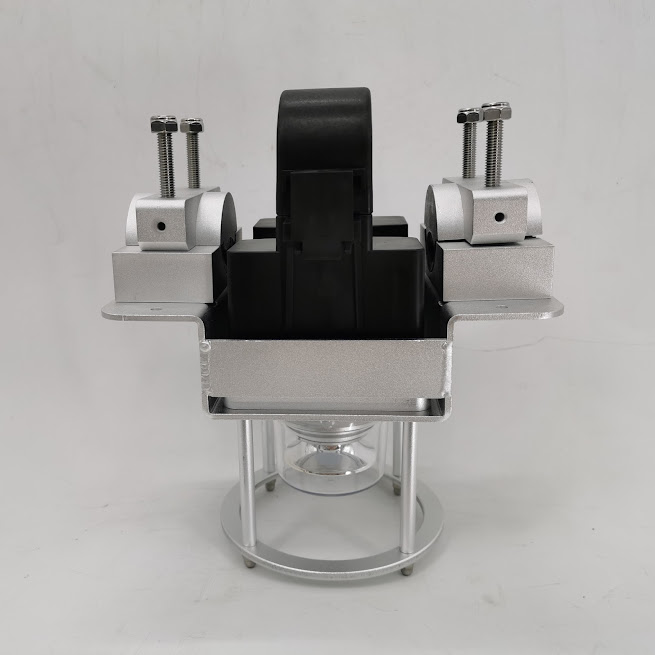LED Heliport Lighting, ICAO FAA TLOF & FATO Perimeter Lighting, Semi-Flush TLOF Perimeter Light, Green LED; Elevated FATO Perimeter Light, White LED
Lighting Engineering Solutions for the Heliport sector
A heliport is an area designed and equipped for helicopters to take off and land. It comprises the touchdown and lift-off area (TLOF) and the final approach and take-off area (FATO), the area where the final manoeuvres are performed before touching down.
Therefore, the lighting is of the utmost importance.
Helipad lighting generally consists of the lights installed in a circle or square between the TLOF surface and the FATO, the surface around the entire landing area. In addition, lights are provided to illuminate the entire heliport and the windsock must also be illuminated.
For more details:
Website:http://www.cdt-en.com/
Email:sophia@chendongtech.com
- Semi-Flush TLOF Perimeter Light, Green LED












评论
发表评论